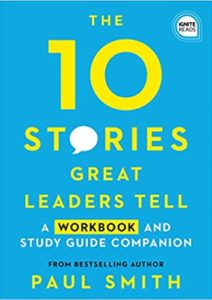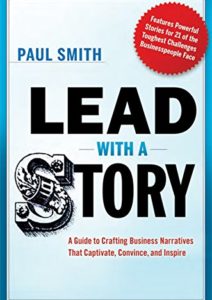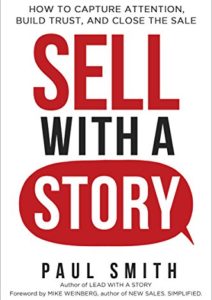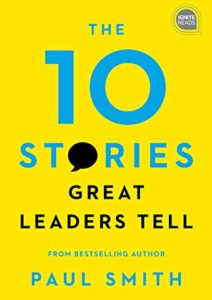Storytelling is one of the essential skills in sales. Thus, in this Expert Insight Interview, Paul Andrew Smith discusses his book Sell with a Story: How to Capture Attention, Build Trust, and Close the Sale. Paul Andrew Smith is an expert and coach on organizational storytelling, Inc. Magazine’s Top 100 leadership speakers, and best-selling author.
The interview discusses:
- Different sales stories
- The pattern to follow in any sales story
- Adjusting the story to the situation
Different Sales Stories
As kids, we come up with the most amazing stories. But, as we grow up, something changes in us, and instead of leveraging that natural storytelling skill in business, we replace it with more professional speaking. As adults working in sales, we should embrace the same storytelling skill we had as kids and adjust it to sales. There are many different sales stories such as finding the problem story, customer success story, marketing story, building sense of urgency story, building loyalty story, etc. The first challenge is to figure out which one to tell. Storytelling always follows the same pattern, but the content and lesson are specific to the story because each story serves a different purpose. Breaking the storytelling pattern could confuse the audience.
Follow the Pattern
Following the right pattern consists of eight questions that a good story needs to answer. The first question is why the audience should listen to this story? It is crucial to give the audience a reason good enough to spend two minutes listening to it. Afterward, come the next questions. Where was the story taking place? Who was the main character, and what did he want? What was the opportunity or a problem in the story? What has the main character done about it? And how did it turn out at the end? The last two questions are to identify the lesson we learned and what action should we take next? They also allow the opportunity to recommend what we sell as a solution.
Adjust to the Situation
We should let buyers tell us their stories too. That way, we can better understand their problems or needs. Besides, while some people like to hear good drama in the story, others are more analytical and prefer stories with lots of data. Hence, we should always adjust the storytelling to the audience. Furthermore, some stories we plan on telling during the sales meeting while some are delivered ad hoc. Storytelling should take only 10 to 15 percent of a sales meeting. And no matter if planned or ad hoc, they should all be close to the truth. Changing little details like the name or date of a story is okay but changing key facts makes the story irrelevant.
Our Host
John is the Amazon bestselling author of Winning the Battle for Sales: Lessons on Closing Every Deal from the World’s Greatest Military Victories and Social Upheaval: How to Win at Social Selling. A globally acknowledged Sales & Marketing thought leader, speaker, and strategist, he has conducted over 1500 video interviews of thought leaders for Sales POP! online sales magazine & YouTube Channel and for audio podcast channels where Sales POP! is rated in the top 2% of most popular shows out of 3,320,580 podcasts globally, ranked by Listen Score. He is CSMO at Pipeliner CRM. In his spare time, John is an avid Martial Artist.











Comments